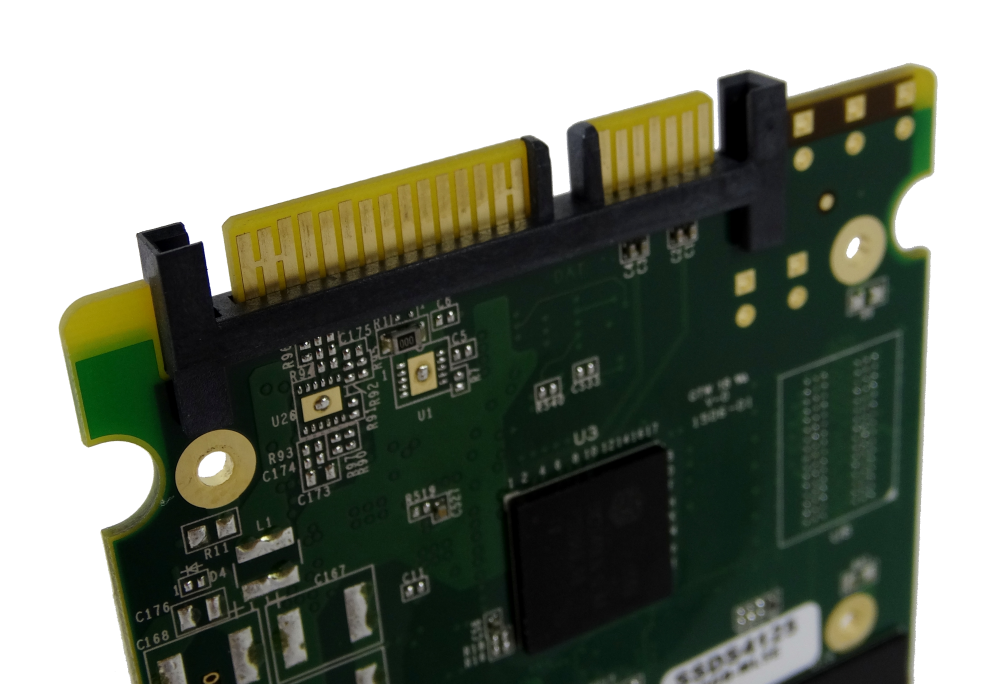Mushkin Reactor 512GB SSD Review
Mushkin's 1TB Reactor is among our Best Picks in SSDs. Today we look at the low-cost 512GB drive powered by Silicon Motion's four-channel SM2246EN.
Why you can trust Tom's Hardware
A Closer Look
Mushkin ships its Reactor drives in a blister pack to keep costs down. This shifts the responsibility for packaging to the company's distributors. Fortunately, SSDs are very robust and not particularly susceptible to shipping damage.


Mushkin uses a 7mm z-height chassis for the Reactor, so it fits in notebooks that require the thinner form factor.
The mounting points are right where they need to be, making installation on a drive sled or desktop adapter bracket effortless.
The SATA power and data connectors are a little different, as you can see. This is an interface that we expect to see on more products in the future, though.
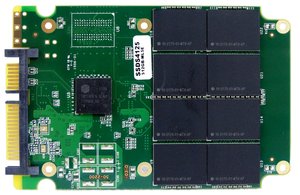
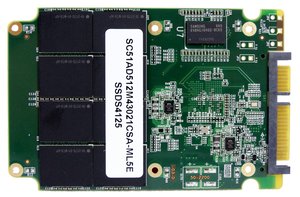
Mushkin fully populates the Silicon Motion SM2246EN four-channel controller. The company also uses Samsung DRAM for the Reactor's page buffer.
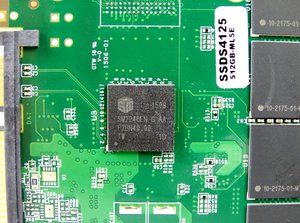
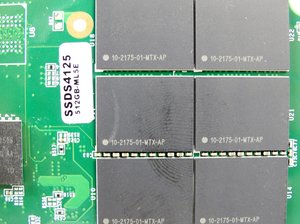
The Silicon Motion SM2246EN has a thermal pad between it and the chassis, turning the metal enclosure into a sink for dissipating the controller's waste heat.
There are 16 packages of Micron L95B NAND; the controller is clearly utilized to its fullest on this drive.
Get Tom's Hardware's best news and in-depth reviews, straight to your inbox.
Here's a closer shot of the Reactor's edge connector. We spoke with Paul Goodwin, Chief Technical Officer at Avant Technology, about the new connector. Paul says he patented the interface, which uses the PCB for connectivity to power and data pins. This increases signal integrity and reduces build costs. Companies are able to license the design from Avant. We believe it saves between 10 to 12 cents per SSD. That may not sound like much, but in high volume, the savings add up quickly.
Current page: A Closer Look
Prev Page Pricing, Warranty And Accessories Next Page Data Type Comparison
Chris Ramseyer was a senior contributing editor for Tom's Hardware. He tested and reviewed consumer storage.
-
SuperVeloce Those 512 and 1TB are made perfectly for my steam folder, cheap and large. Now we need to wait for someone to launch it to EU marketReply -
jessterman21 Been eying this drive and the BX100 500GB for a few months now - waiting to pull the trigger on whichever's cheaper. The extra latency worries me, but in a gaming/media rig should it really matter? Those two drives are literally the same in all other tests.Reply -
Eggz Cool. This seems like a pretty good option for a gaming computer. I wouldn't use it for a photo editing rig, or any other media-based computer (especially not database oriental computing), but games are pretty easy on drives, and these come in at a decent price while offering plenty of storage space.Reply -
agentbb007 Tough sell considering the 500GB Samsung 850 Evo is $178 on Amazon with free prime shipping and seems to give better performance, unless I'm missing something?Reply -
Saberus Granted it's not the absolute best, but it's not bad, especially at the price. I think the edge connector is a brilliant idea, and wonder why there aren't more companies using it, it eliminates a point of failure where the solder joints were.Reply -
geopirate agentbb007 this drive is $88 for 500gb vs your $178 (less than half the cost) that won't be noticeably slower in a typical usage environment. Is that what you're missing?Reply -
geopirate agentbb007 this drive is $88 for 500gb vs your $178 (less than half the cost) that won't be noticeably slower in a typical usage environment. Is that what you're missing?Reply -
shrapnel_indie Reply16122495 said:I think the edge connector is a brilliant idea, and wonder why there aren't more companies using it, it eliminates a point of failure where the solder joints were.
I guess because in some ways its so old school. (It saved money back then too.) Back in the "Home Computer" days card-edge connectors were used for expansion connections (on one side of the connection.) Retro consoles used it too with game carts. The PC used it then, and even still today, for expansion AND adding graphics. Back in the day Floppy drives, primarily 5.25" and larger used such a connection for data (and a molex for power.)
If that patent ever gets challenged, I dunno if it will hold-up because of all of that. In Modern storage though, the connector is, currently, unique though.



